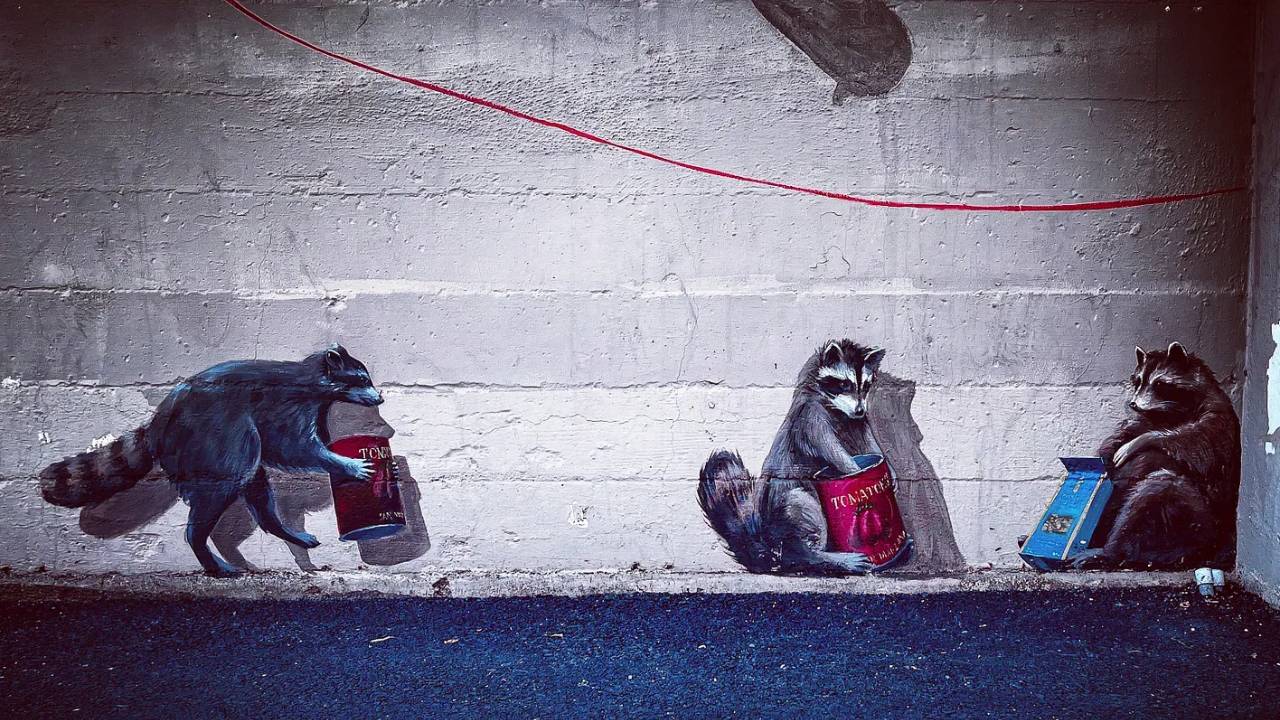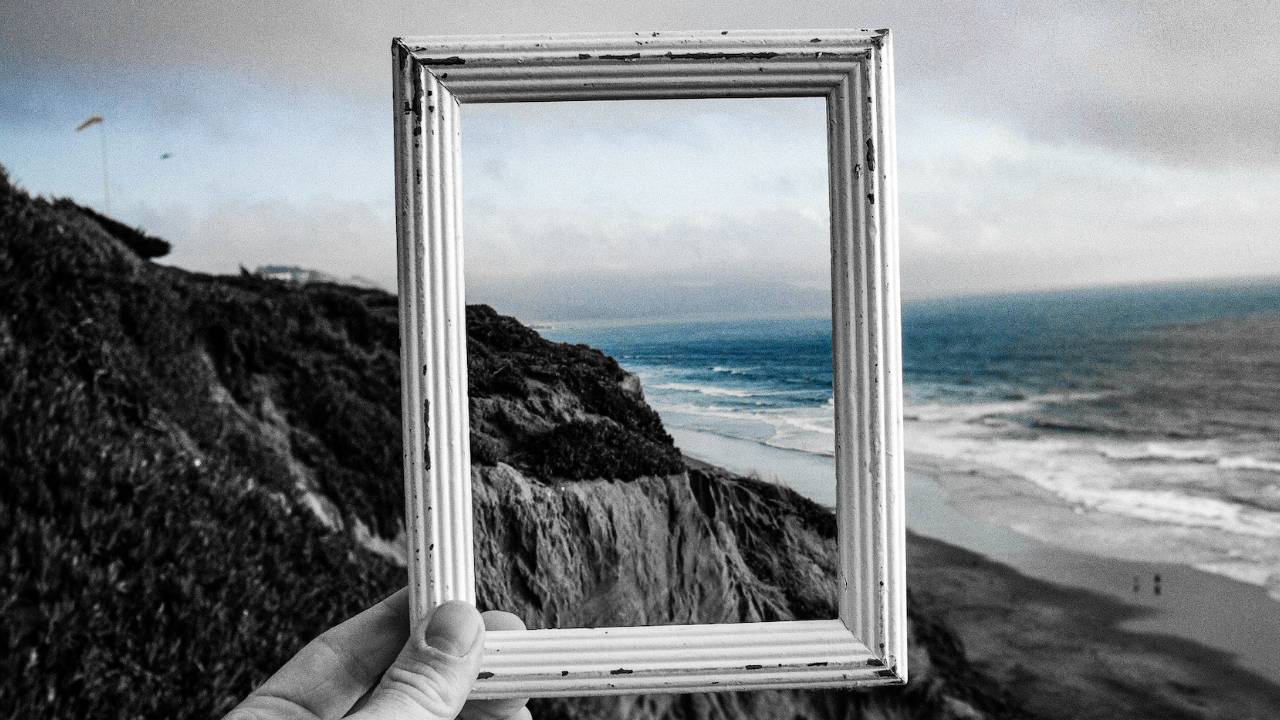The Polynesian Art of Wayfinding and Storytelling
The very first cellphone my family had was a Motorola MicroTAC flip phone, which was made out of the same mold used to make bricks.
If someone studying cold cases discovered that this model was used to kill several victims in the early 90s, I would totally buy that.
And I loved taking it out at night when I was thirteen years old in Barranquilla.
My mom was struggling financially, and we didn't have much, but she did have a cell phone.
I would beg her to let me take it with me at night when I walked around the block with my friends. This is weird because no one I knew had a phone, so the phone was basically for my mom to call me to ask me where I was and to tell me to go back home unless I wanted to spend a month grounded.
"Stop it. No, you hang up first!"
The reason my mom had a cell phone when she couldn't afford the utilities was that she owned a franchise selling cell phones when they first penetrated Colombia.
First, she had it with Celcaribe, and then she had it with Celumovil.
Whenever my mom would pick me up from school, she would take me back to her cell phone store.
There, I would do my homework or at least pretend to do my homework while I listened captively to her sales guys. I couldn't believe my luck to be around such salty, vulgar, inappropriate conversation.
That's what I thought storytelling was, just people sitting around bullshitting.
It is hard to think of your art as having an impact when you think of it as the art of bullshitting.
So for a lot of my storytelling career, there is a part of me that still think is just bullshit. It is hard not to have self-sabotaging thoughts when that's how you see what you do.
That's what I think when I write. "Why am I doing this?" "Who gives a shit?" "What's the point?" "It won't change a thing." "This won't have an impact."
Sure. The pen is supposed to be mightier than the sword. But is it really?
That was until I came back from a trip to Kauai and started reading Hanna Hou, Hawaiian Airline's magazine because I am a ferocious (and voracious) reader.
Okay, fine.
I was looking for the snack section because I was voraciously hungry.
But on my way to the snack page, I came upon the article "Land of the Wayfarers" by Conner Gorry, where she talks about how storytelling saved the Polynesian art of Wayfinding.
Wayfinding is the name for a way of navigating the ocean that only uses the locations of the stars.
If you are trying to picture it, you only have to look at the Disney movie Moana, and you will see an example of how the people of Motunui used to be wayfinders.
Similar to the movie, the tradition of Wayfinding fell out of favor with the culture. For generations, the only remnants of Wayfinding were stories passed down from the elders to the younger generations. These stories were often told in secret to protect the legacy from European colonizers.
Think about that.
Wayfinding was only a story of what Hawaiians used to do back in the day.
Just a story.
Words.
Uttered over and over, of how things used to be like, but how they weren't anymore.
Until the seventies, when the Hawaiian people experienced the Hawaiian renaissance.
"In the early 1970s, a cultural revival known as the Hawaiian Renaissance washed through the Islands. Hawaiians revived olelo Hawaii (Hawaiian language), hula and oli (chants), traditional farming and land management—and voyaging. A handful of visionaries set out to design, build, and sail a waa kaulua (traditional double-hulled voyaging canoe) to prove that their Polynesian ancestors crossed the Pacific intentionally, guided only by nature. Naysayers abounded. Academics dissented. But the visionaries persevered, founding the Polynesian Voyaging Society in 1973 to save this nearly extinct cultural practice. When the canoe they built, Hokulea, sailed from Hawaii to Tahiti in 1976 without the use of modern technology, it proved that Wayfinding worked and carried that wave of cultural pride to the rest of Polynesia." Conner Gorry, The Land of the Wayfarers, hanna hou!, Vol 27 No 2, April-May 2024.
Wayfinding had fallen out of favor even before European colonization in the 1800s. Still, for close to two centuries, the elders kept telling the stories until the time was right to revive the traditions. A tradition that is important not only for traveling from Hawaii to Tahiti but also carries with it the pride Hawaiians have used to protect and honor their land.
In this article, I also learned about the term "to hold story."
To hold story means creating the space for people to trade stories, to connect with the oneness of the universe and the human experience we all share. There is a beautiful reverence that comes from saying holding story versus bullshitting.
This is a very important distinction.
I do want to say that nothing happens without action. Because for generations, nothing happened with the secrets (kapu) of the wayfarers. It was only until the moment those words were set into action that things changed.
Of course, those actions started with words, stories, uttered over and over.
Storytelling is a form of Wayfinding, but the stories are the stars we follow towards our destination. They are meant to be there, steering us towards the right action.
It works better than my old cellphone did.





Responses